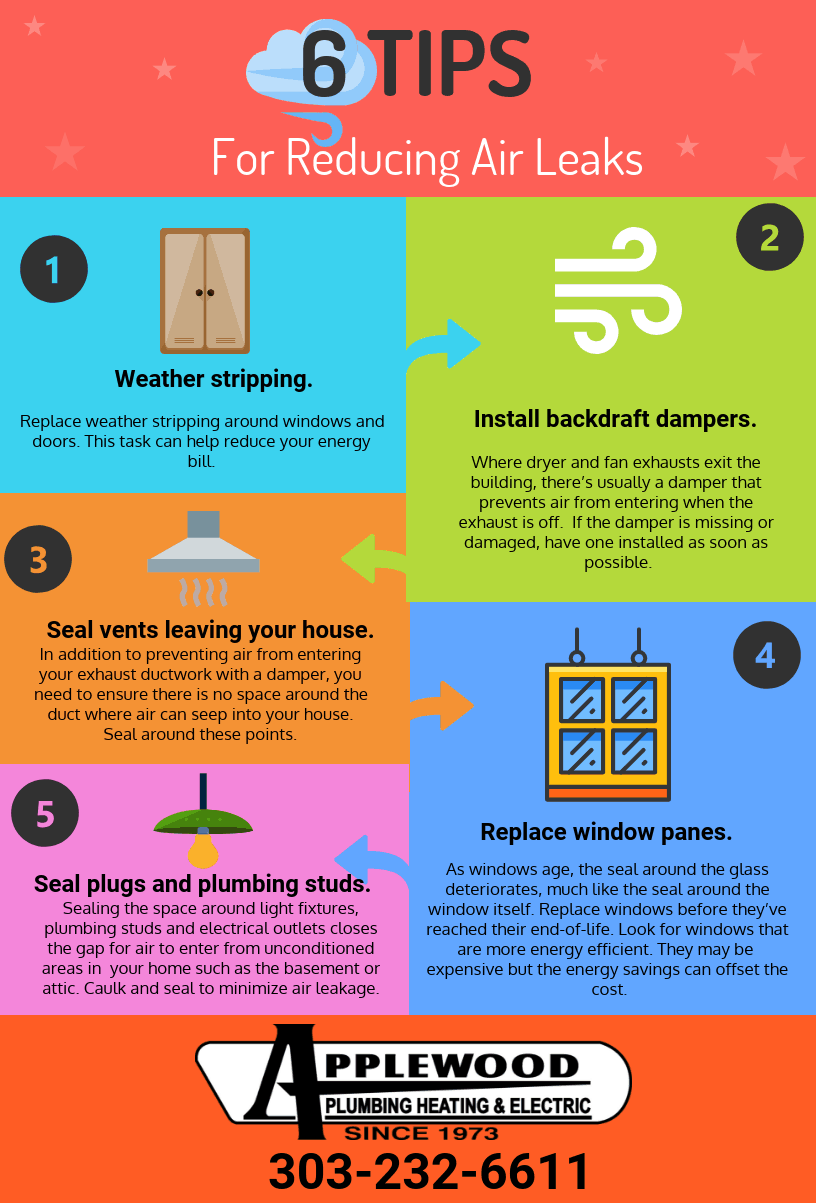Recognize The Important Stress Washing Methods Personalized For Each Sort Of Surface Area To Create Impressive Outcomes-- Reveal The Tricks To An Immaculate Coating
Recognize The Important Stress Washing Methods Personalized For Each Sort Of Surface Area To Create Impressive Outcomes-- Reveal The Tricks To An Immaculate Coating
Blog Article
Article Developed By-Hyde Geertsen
When it concerns push cleaning, the technique you pick can make all the distinction in accomplishing a tidy, streak-free finish. You might locate that difficult surface areas, like concrete, call for a different technique than softer products, such as timber or plastic. It's important to adapt your techniques to the surface area type to prevent damages while maximizing cleaning performance. So, what are the very best strategies for each and every surface, and how can you ensure you're utilizing the best setups and devices for the task? Let's explore what you require to know to get the very best results.
Difficult Surface areas
When it comes to press washing tough surface areas, preparation is key. Prior to you also think of pulling out the stress washing machine, put in the time to clear the location of any kind of particles, furnishings, or challenges. You do not want anything entering your method or potentially harmful your equipment.
Next, evaluate the surface for any kind of fractures or damage; this will aid you establish the appropriate method and stress settings.
When click for info have actually prepared the area, it's vital to pick the appropriate nozzle. For difficult surfaces like concrete or block, a slim nozzle (15 or 25 degrees) works best to give a focused stream of water that can properly get rid of crud and spots. Always begin at a distance and slowly relocate closer to prevent any type of surface area damage.
As you begin cleaning, maintain the stick moving to protect against touches and over-saturation. It's likewise handy to work from the top down, enabling dirt and particles to get rid of naturally.
Ultimately, remember to wash the surface area thoroughly after cleansing to eliminate any leftover detergent. With these methods, you'll attain a clean and rejuvenated look on all your difficult surfaces.
Soft Surfaces
Stress washing soft surface areas requires a gentler approach to secure them from damages. Whether https://carpet-cleaning67754.bloggosite.com/39314285/find-out-about-the-advantages-of-hiring-professional-home-window-cleaning-providers-for-your-home cleansing your deck, patio furniture, or siding, utilizing way too much stress can result in dents, scratches, or even irreparable harm.
Begin by selecting a low-pressure nozzle, ideally a 25-degree or bigger spray pattern, to disperse the water a lot more carefully.
Before you begin, it's vital to pre-treat any type of spots with an appropriate cleansing option. This action permits the cleaner to penetrate the dirt and grime, making it easier to wash away without rubbing as well hard.
Constantly use the solution from all-time low up to avoid streaking.
When you begin stress cleaning, maintain a range of a minimum of 12 to 18 inches from the surface. Relocate your wand in a sweeping motion, keeping it parallel to the surface to prevent concentrated pressure on one place.
Wash the location extensively after cleansing to eliminate any type of residual cleanser.
Lastly, evaluate the surface for any missed out on places and duplicate the procedure if needed. By following these actions, you can efficiently clean soft surface areas while preserving their integrity and look.
Specialty Surfaces
Cleansing soft surface areas calls for treatment, however specialty surfaces demand a lot more attention to information. When you deal with these surface areas, like fragile wood, stained concrete, or particular kinds of exterior siding, using the best pressure cleaning techniques is vital to stay clear of damages.
Initially, analyze the material. For example, treated timber can often stand up to moderate stress, but softer woods like cedar might need a lower setting. Constantly start with the most affordable stress and slowly enhance if essential.
For tarnished concrete, use a follower spray nozzle and preserve a consistent distance to avoid engraving the surface.
When handling surface areas like vinyl siding or repainted surface areas, a vast spray pattern aids distribute the pressure uniformly, shielding the finish.
It's also smart to make use of detergents particularly developed for specialty surfaces. They can improve cleansing without compromising the material.
Rinse completely after cleaning to get rid of any residue, as it can bring about staining or wear and tear in time.
Final thought
To conclude, mastering stress cleaning techniques for different surface areas can make all the distinction in your cleansing results. For difficult surfaces, stick to narrow nozzles and a top-to-bottom strategy, while soft surface areas need a gentler touch with wider nozzles. Don't forget to pre-treat discolorations and rinse extensively to prevent residue. By adapting your techniques to every material, you'll not only attain a cleaner finish yet also safeguard the stability of your surfaces. Happy cleansing!
